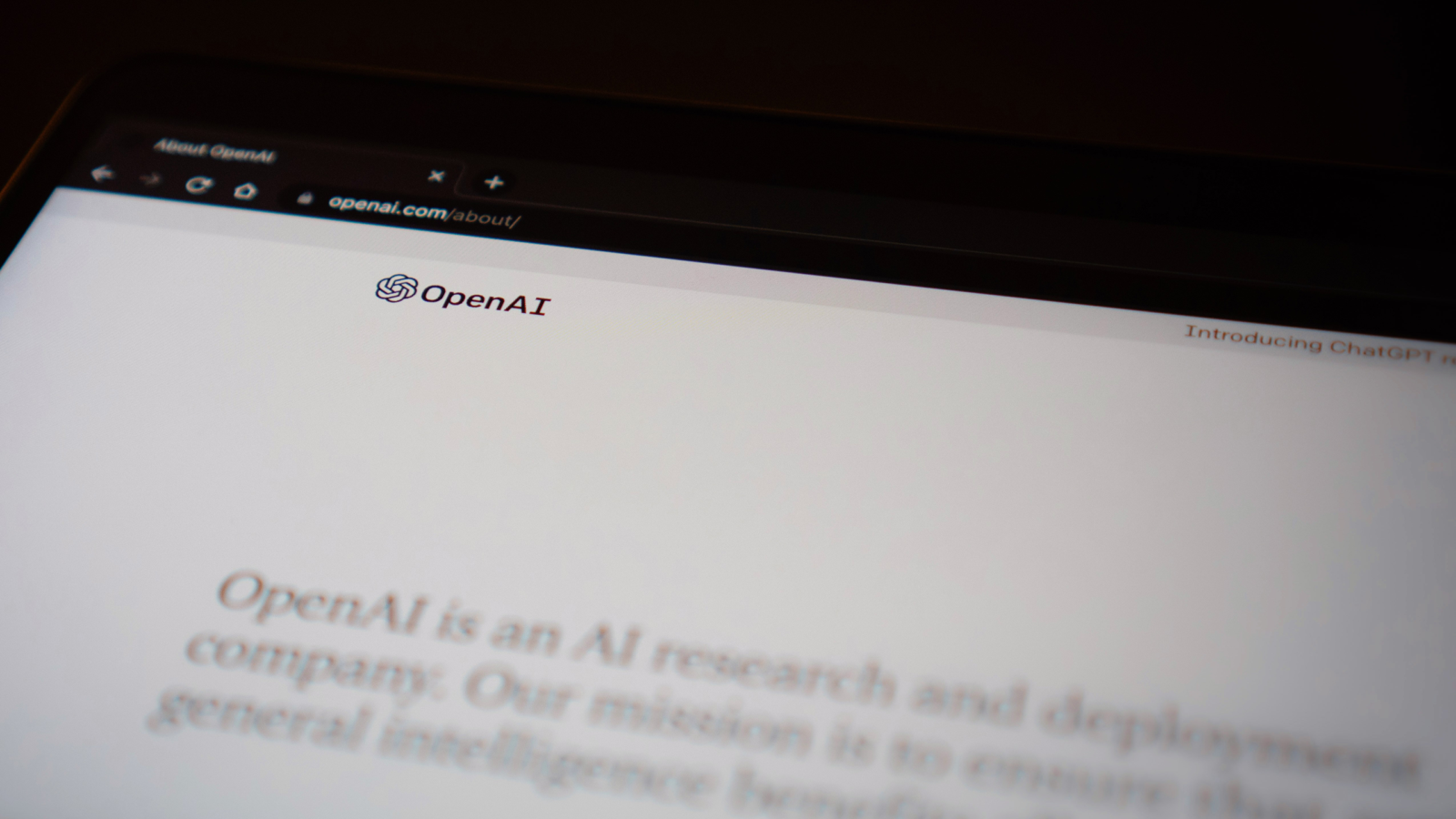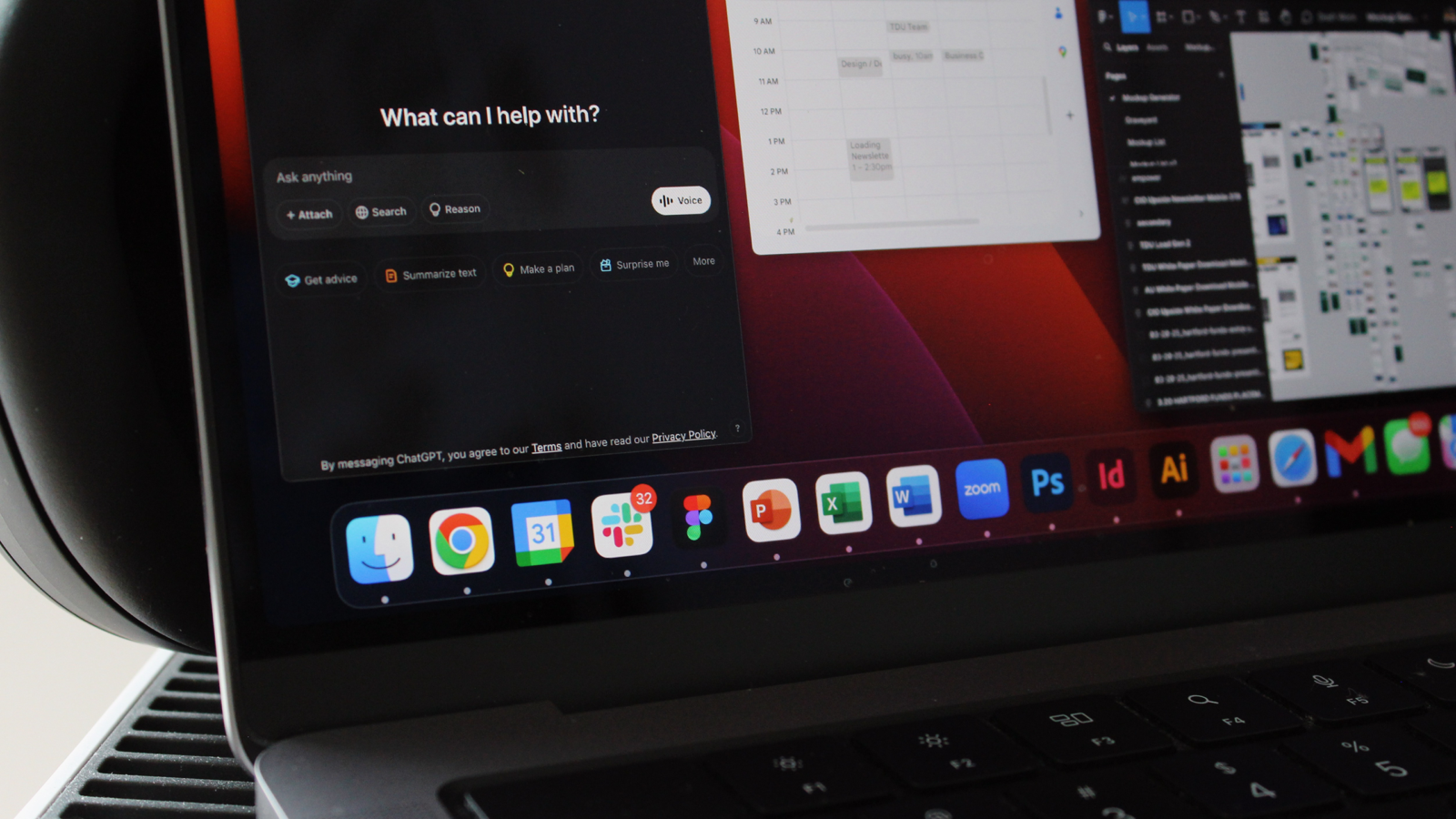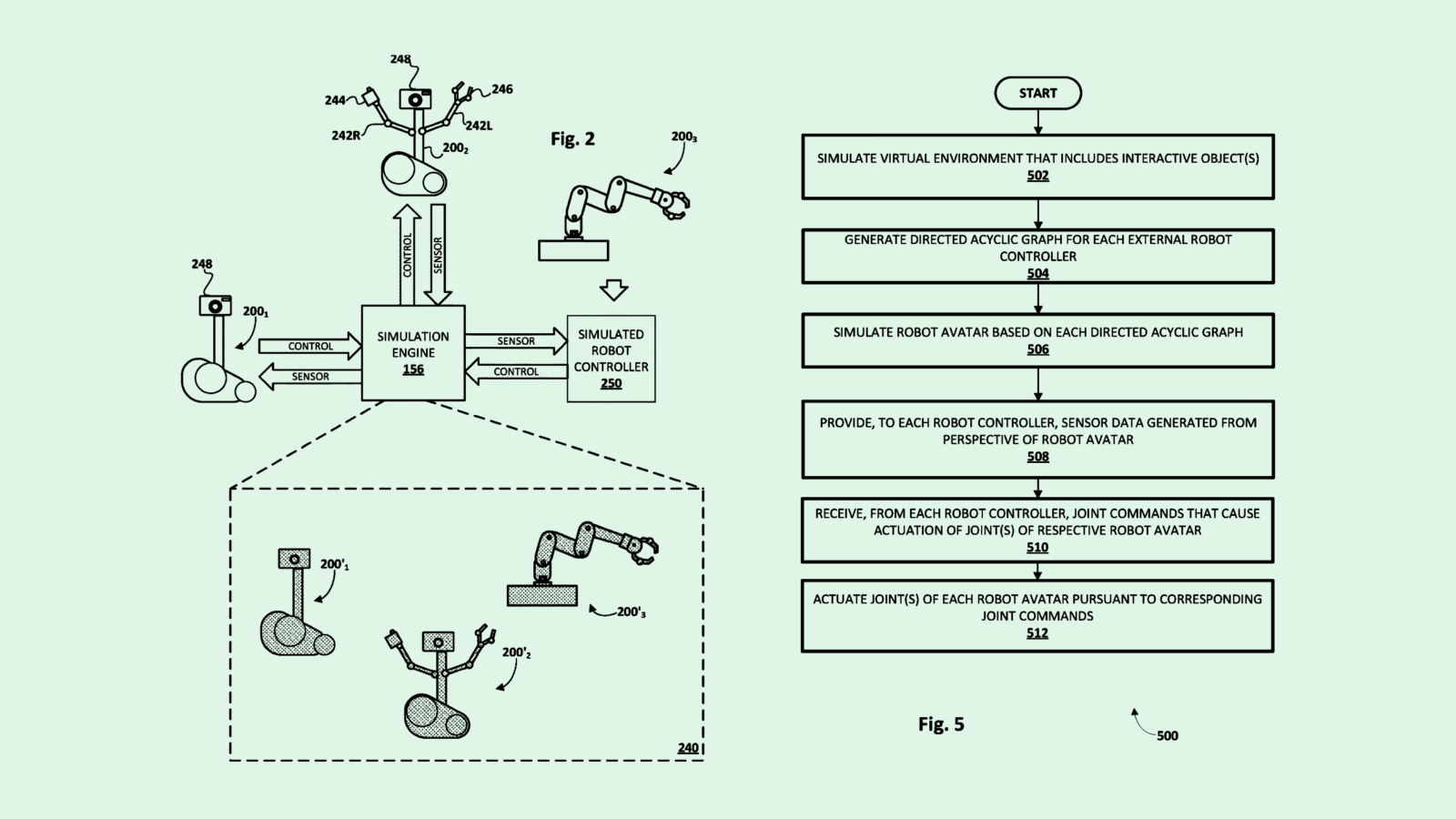Happy Monday and welcome to CIO Upside.
Today: The lofty goal of artificial general intelligence has tech giants practically drooling. But do enterprises actually need it? Plus: Underutilized software may be costing your business way more money than you think; and Google wants to make robots work together.
Let’s take a peek.
AGI Could Be Limitless. Will Your Enterprise Really Need it?

Tech companies continue to make their AI bigger and better, with many chasing after an elusive goal: Artificial general intelligence.
Artificial general intelligence, or AGI, is a theoretical kind of AI with human-level intelligence, reasoning, problem-solving, and adaptability, as well as capabilities that span a wide range of tasks. Compared to traditional AI, AGI is theoretically able to solve problems that it hasn’t been specifically trained for.
It’s a concept that AI kingpins see as a natural next step: Nvidia CEO Jensen Huang said last year that AGI could be realized in as little as five years. Google co-founder Sergey Brin reportedly said in a memo to staff in February that the “final race to A.G.I. is afoot,” pushing employees to work 60-hour weeks to keep up. And OpenAI CEO Sam Altman said in a blog post in January that he’s “confident we know how to build AGI … as we have traditionally understood it.”
For enterprises, the applications may be limitless, said Praful Saklani, co-founder and CEO at Pramata.
“Imagine if you had an unlimited bench of the best financial analysts, security analysts, application programmers, marketing copywriters,” said Saklani. “What would you be able to do as a company if you could accomplish these things in parallel, without any limitations on time or cost?”
The question remains, however, whether or not enterprises will actually need AI systems with these capabilities, said Brian Sathianathan, co-founder of Iterate.AI. Sathianathan said that AI’s enterprise value exists on a “bell curve” – one which, at the current rate of AI development, we’re nearly at the top of.
- AGI, meanwhile, exists towards the end of that bell curve. After a certain point, the value to performance ratio starts to wane, said Sathianathan.
- “The most benefit will be at the very peak of the bell curve – which will not happen with AGI. It’ll actually happen with existing AI,” said Sathianathan. “There is enough AI available today, and in the next couple of months, it’ll even get better.”
Rather than hedging their bets on AGI, enterprises may get more bang for their buck by “fixing AI’s current limitations,” Sathianathan said. “I don’t think enterprises really need AGI. What we need are more advanced, more cleaned up, more sophisticated AIs. Advanced AI is more than enough for enterprises.”
AGI also comes with some risks, both technically and ethically. From a security perspective, the biggest risk to the advancement of AGI would be its use for malicious purposes, said Saklani, such as using it to discover and exploit security vulnerabilities, leverage personal information, or spy on employees. “That’s where evolving criminal law and establishing regulation will be critical,” said Saklani.
And because the possibilities of the tech are theoretically endless, there’s also the ethical debate of when AI shouldn’t be used, said Sathianathan. Current AI is great at automating tedious tasks, but there are still a lot of tasks that require human interaction. “The remaining value of AGI in enterprise essentially will devalue humans after you pass a certain point,” Sathianathan said.
However, like many AI deployments thus far, enterprises likely won’t be thinking about whether they actually need AGI – but instead whether or not their competitors are implementing it.
“You could try to avoid it, but if your competitor masters how to use it, they will almost certainly defeat you in almost every dimension,” said Saklani.
Enterprises are Wasting Millions on Underutilized Tech

While AI and investments in new technologies are top priorities for enterprises this year, so is cost-cutting. How can CIOs strike a balance?
Assessing technology usage, and leveling up employees’ skills could be a solution. A recent report from digital adoption platform WalkMe found that companies wasted $104 million in digital inefficiencies in 2024. The losses were largely driven by underutilized technologies and poor productivity practices.
WalkMe’s report revealed that, while executives believed their company used an average of 37 applications, data shows the number to be much higher: 625. Most of these are shadow apps and shadow AI, or those used by employees but not approved by IT and security teams.
To evaluate which applications were – and weren’t – being used, WalkMe assigned each one a “momentum score” based on adoption and usage times, Uzi Dvir, CIO at WalkMe, told CIO Upside.
- Widely recognized platforms like ChatGPT scored highly, but many AI tools are struggling to gain traction among employees, said Dvir. “Microsoft Copilot, Pathlight’s EchoAI, and Google’s Bard are seeing some level of usage but are not fully embedded into workflows,” he said.
- Tools like Perplexity.ai, Anthropic’s Claude, and Glean remain underutilized. “Large enterprises are currently using an average of 172 AI-powered applications, but without digital adoption strategies and proper enablement, the transformative potential of AI will remain unrealized,” said Dvir.
With AI spending expected to increase by 64% in 2025 to $23 million for large corporations, getting a grip on wasted software is critical to maximize returns and bring down costs.
So how can companies avoid going down this rabbit hole? “The best way CIOs can avoid going down this road is first and foremost to invest in full visibility into what applications employees are actually using,” said Dvir.
For CIOs, this means monitoring and measuring metrics such as application usage, cost, and performance. The right digital adoption strategy, met with internal best practices, can improve the return on technology investments.
Upskilling workers is also vital: Nearly 80% of executives are confident they will meet their AI transformation goals, but only 28% of their workers feel adequately trained. Furthermore, just one in four employees say they can use AI to work more efficiently.
“It’s clear that while AI is transforming enterprise ambitions, its success hinges on people,” Dan Adika, co-founder and CEO of WalkMe said in a press release. “Technology alone doesn’t deliver results – people do.”
Google Patent Highlights Ambitions For AI-Powered Robotics

The AI-powered robotics industry is quickly expanding, and Google is working to make sure it gets a piece.
In one of its latest efforts, the company is seeking to patent a system for “simulating multiple robots in virtual environments.” Google’s filing outlines a system for imitating robotic movements digitally as a means of generating training data for AI used in real-world robotics.
The system creates a digital environment filled with interactive objects, and simulates robots inside it with “avatars.” These avatars are operated with robot controllers outside of the virtual environment.
The robotic avatars collect synthetic sensor data, such as visual data, and send it back to their respective controllers. That sensor data is used to create “joint commands” that dictate the robots’ movements and object interactions in the virtual environment, as well as how the robots interact with one another.
The interactions create an abundance of training data for real-life robotics before physically deploying them. “In some cases, simulation is good enough to train or at least partially train robot machine models in an expedited and/or inexpensive manner, e.g., so that the model(s) can then be further trained, or “polished,” using a limited number of real-world robot operations,” Google said in the filing.
Along with tons of patent applications related to robotics, Google has sought more use cases in the space for its AI investments: Last week, the company announced two new AI models tailored for robotics. The company said its models work with robots of all forms, from those designed for factory settings to humanoids.
Though AI-powered robotics stands to have massive market potential in spaces like manufacturing and logistics, safety risks remain an issue in robot-human collaboration. Without proper training and safeguards, an AI-powered robot going haywire could injure workers. Google’s patent could help in that regard: The more data a model has to train on, the better.
Extra Upside
- Ernie Brings the Heat: Baidu released two new versions of its AI model earning, including one that it claims rivals DeepSeek’s recent model.
- Cha-ching: Lip-Bu Tan, Intel’s new CEO, will receive a base salary of $1 million and a potential annual cash bonus of up to $2 million.
- What Connects Artificial Intelligence, The Trump Administration, And Silicon Valley? Find out in Semafor Technology — a twice-weekly twice weekly newsletter that examines the people, the money and the ideas at the center of the new era of Tech. Join 50,000 technology leaders who rely on Semafor’s insights — subscribe for free today.*
* Partner
CIO Upside is written by Nat Rubio-Licht. You can find them on X @natrubio__.
CIO Upside is a publication of The Daily Upside. For any questions or comments, feel free to contact us at team@cio.thedailyupside.com.
